Media | Articles
5 things every project car purchase will need
It’s that time of year, and I don’t mean decorative gourd season. No, it’s the time when the DIY devout start casting hooks into the depths of the project car pond hoping to reel in the right winter undertaking. While every project is unique, a few universal truths span them all, regardless of how the vehicle appears in those crunchy, dimly lit photos you’re seeing in a Marketplace ad. To that end, these are the top five things your own project will need, regardless of what it is or what shape it’s in. You can’t say we didn’t warn you.
Patience
Someone else’s project—or worse, abandoned project—is going to require a massive amount of mental gymnastics to figure out what they were thinking when taking it apart, storing pieces, or putting it back together. Occasionally that isn’t difficult, but even then it takes a lot of patience to sort through what someone else has done and try to decide if their process is acceptable to you. Do you trust the previous person based on what you see? Do you think they cleaned and assembled things to the same standard you would? Are you willing to risk it? Taking the time to wrestle with that question will be crucial to how you proceed.
Cleaning
Whether it’s a venture someone else started or one that was never gotten to, project cars rarely get tender loving care when stored. Dust, dirt, and moisture combine to create some of the grungiest substances known to man. Just getting a project car home can leave pounds of dirt and debris on a trailer, and that’s before any real cleaning has started. We often get caught up in the excitement of the big tasks involved with bringing a project car back to life, but the reality is less glamorous, and a lot of time—more than you think—is going to be spent scrubbing and just generally making things un-grimy.
Tires
We don’t know what it is about project cars, but they seem always to be sitting on the worst rubber we’ve seen since the last project car that rolled into the shop. Tires are expensive, so they’re often the last thing a project car will get. This means that when you buy a project, there’s a good chance its tires aren’t even round anymore, let alone safe to drive on. Even just sitting on dry-rotted rubber can be dangerous, as blowouts can occur. Check the date code just to be sure, but in general every project car will need fresh rubber before it ever reaches the driving stage of the process.
Fluids
Another item that isn’t worth gambling on is anything that flows. Fuel, brake fluid, coolant, transmission fluid, and even differential oil are all items you should change by default. Sure, there’s a chance that what’s in there is serviceable, but more than likely your project car has questionable service records—if any at all. Mentally reset the clock on all the regular changes by knocking them out all at once. This also forces you to look at a couple intimate areas of a car, which more than likely will tell you a lot about what else you might need to do.
“Un-screwing”
No, I’m not talking about backing out threaded fasteners here. I’m talking about winding back previous repairs. Project cars often live at the bottom of their value curve before appreciation picks up and owners begin to see the potential. That means repairs done while the car was worth little may be incomplete, or, well, crude. Un-screwing them could be as simple as cleaning up shoddy wiring, or as in depth as rust repair from sitting neglected in a field. If you are buying the cheapest example of anything, it likely has been screwed with by someone who didn’t know or didn’t care. You will have to deal with that.
Project cars are incredibly rewarding to see through. We know a lot of you readers have worked on a project or twelve over the years and these five things are likely not the only universal truths. What have you found to be true? Leave a comment below.
***
Marketplace
Buy and sell classics with confidence
Check out the Hagerty Media homepage so you don’t miss a single story, or better yet, bookmark it. To get our best stories delivered right to your inbox, subscribe to our newsletters.

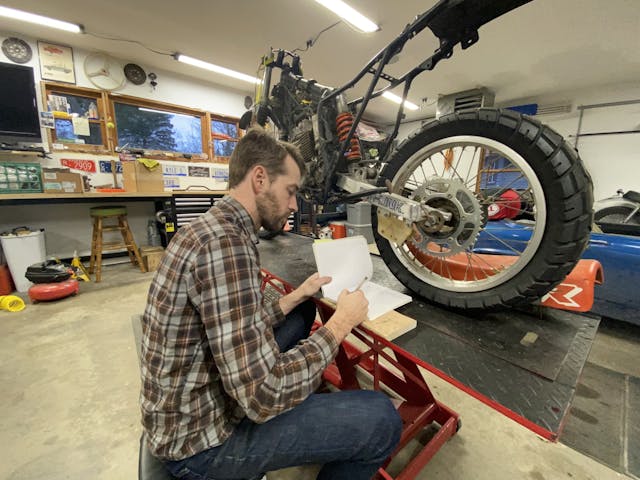
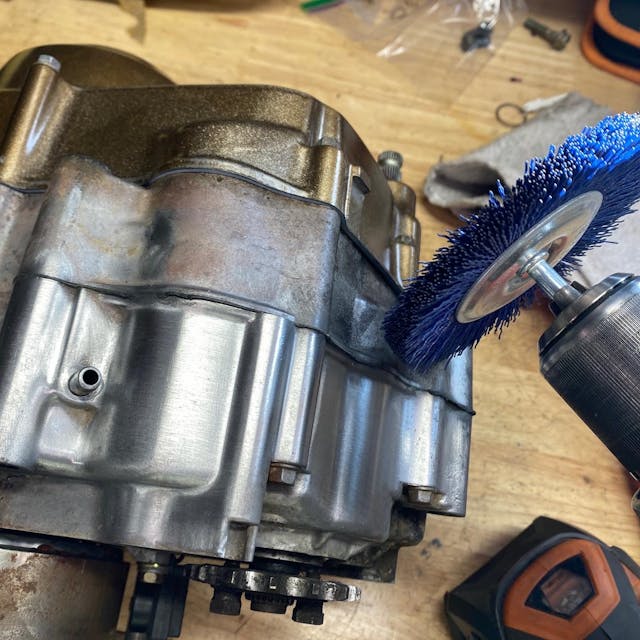
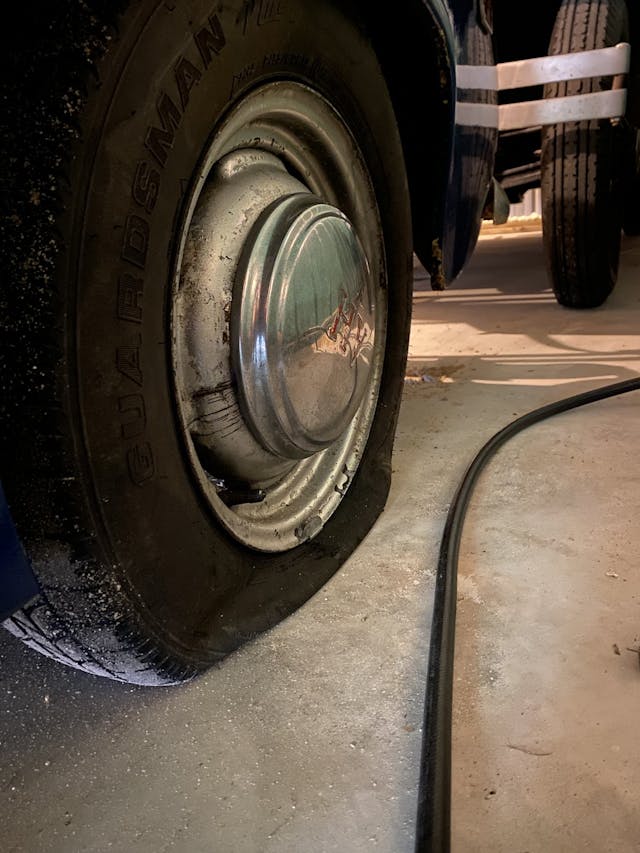

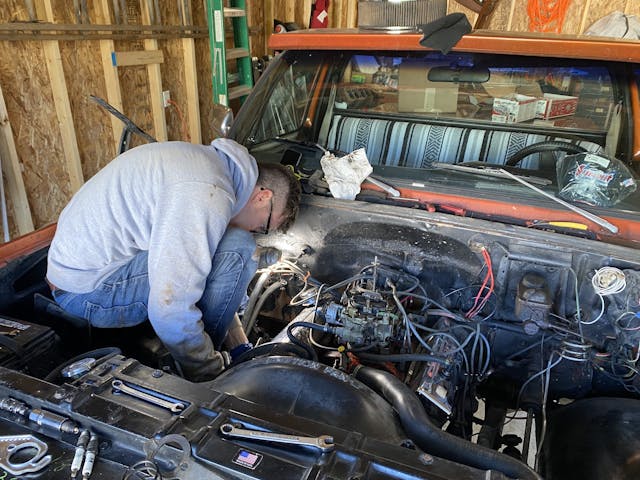



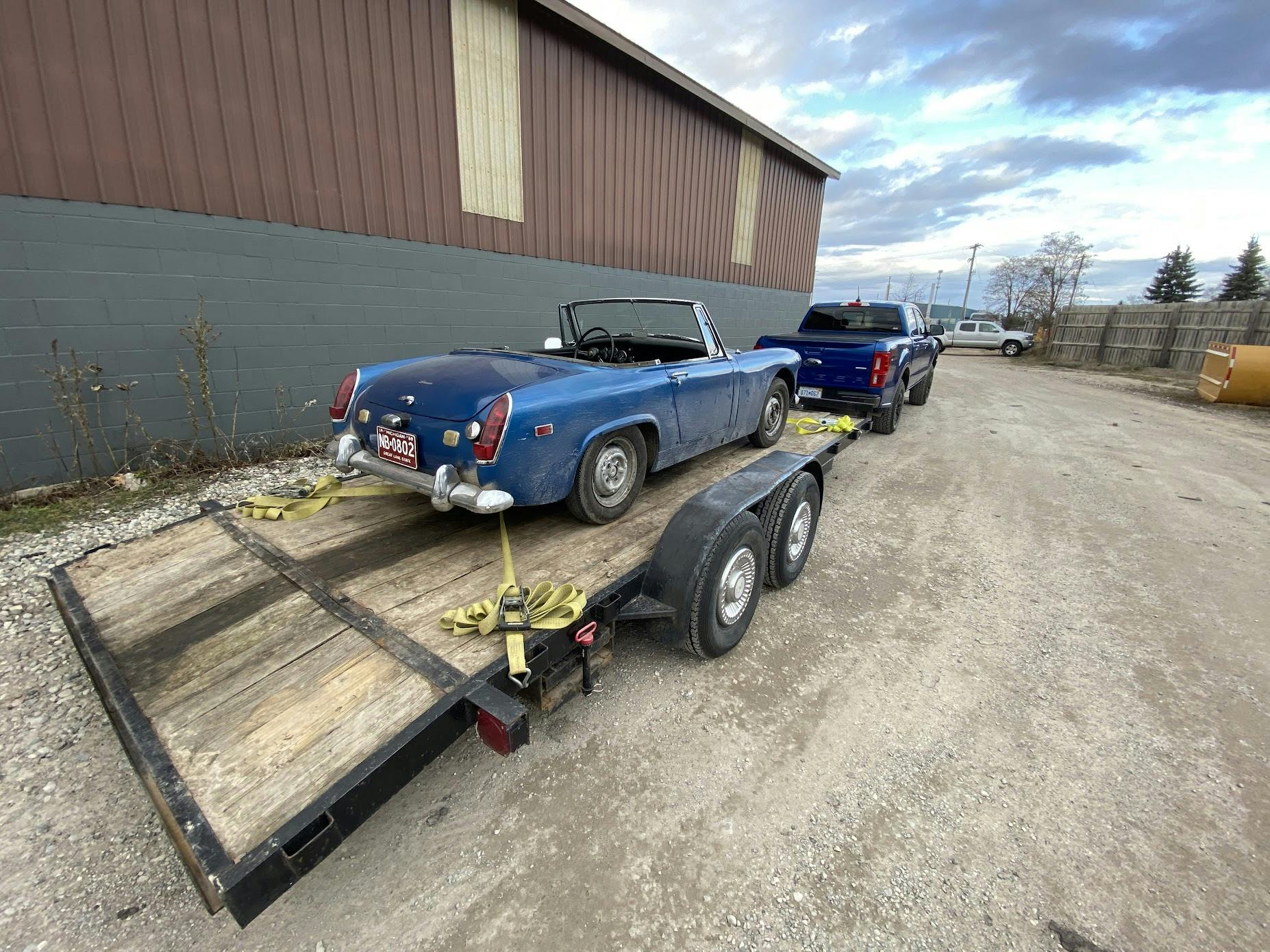
Great list – every one of them is true. I would maybe add a couple more. First, belts and hoses. These important and relatively inexpensive items are similar to tires in that they also age out. Secondly, you’d also be amazed how many of my purchases have needed wheel bearings… Most people never think to check on these, so they can often be beyond just needing grease.
It all started out so easy. Find an old car that has been sitting for years, buy it for $50, bring a couple of cans of air/sealant for those rotted flat tires, throw a battery in it, dump a couple gallons of gas in it, or hook it up to the carb. Dump some gas down the carb and fire it up and drive it home. Then look around for another one just to have for parts. Oh, don’t forget to run it by Earl’s for a $29.95 “Any car, any color “
Um, unfortunately my wife thinks maybe I am dating myself!
Actually the most important step is to have enough MONEY. Nothing else matters without enough money to do the project
3 Cars done at Earl’s back when it was $19.95 ! wish I still had them
I bought my “project” TR6 in the 80s from a guy who had taken it apart, painted it, and then let it sit for seven years until he lost his garage lease. My immediate goal was to put it back together and get it running and back on the road, and then I put together a punch-list of repairs/restoration projects. I’ve happily (& sometimes unhappily) driven it since, slowly making my way through that list. I’ll never get to the end of the list, but have a driveable, fun car that looks good from 10 feet. I used to refer to it as my “mid life crisis”, but now I suppose I have to call it my “old age crisis!” I need to leave instructions to my kids re: how to list it on Hagerty or “bring a trailer” (no reserve), so the won’t be saddled with it after I’m gone.
Never start a project car with the idea that you will make money on the sale of it when done. You will not. You do it because you like the work, the problem solving and, best of all, the first engine fire up and drive. Anything after is gravy – the understanding spouse is the MOST important thing you need!
Everyone has made some very applicable notes and my only add would be to remember why you started this mess in the first place. Was it the love of something or someone? Whatever the reason, keep attending car shows and cruise ins to help keep the fire burning. Long projects are jus that, they are long, can be painful and not always as rewarding as expected. Find small victories to keep you motivated. Good luck, if it’s not a love afair, it’s going to be a job.
I didn’t have the time, space, tools, or know how, to complete the restoration on my 67 Firebird, so with an understanding spouse and a fair bit of cash I brought it back to where it was when I ordered it in February of 1967. I will say this–I have a really nice driver, for the price of a mid size SUV, and a whole lot of good memories.
I was fortunate. My project was a “refit” not a restoration of a 1976 MG Midget 1500 that I bought brand new back then – just married and no kids. Two years later, first boy. MG became my commuter car, for me, my lunch and whatever business files I needed. Drove it until about 1990 regularly until I ran into an distributor issue and with 2 more boys, decided to mothball the car until “later.” Did proper storage in my garage, mothballs and all, and regularly worked all components. But age took its toll on belts, seals, etc. In 2019, now retired, “refitting” the car to driving and PA state inspection standards, took until late 2022. Back in the 1960’s I worked on many a British roadster from MG T Series, Triumph TR 2s to 6’s, to even a TVR or two. At least virtually all the parts are still being made and are relatively inexpensive compared to my Saab parts.
I was 26 when I bought it, but at 73 I can’t even get into it with the roof up. Looking for a T-Series or a late Spitfire to do next as their have larger cockpits for larger older guys.
Chers,
Richard
PS: the car has only 38, 487 miles on it since new.
My first consideration, are parts readily available?
If so, how expensive are those parts?
How hard is this vehicle to work on?
How much has bubba improved it?
A while back I was considering a Porsche 928 which I always liked but after pricing a blower motor for around @650.00 most likely more now I was quickly cured of considering such a restoration as well as difficulty to work on. I opted for a 1972 Corvette Coupe which is much more user friendly. That being said as has been stated, I have more in this car than than its worth but I have a nice driver that I was able to restore myself.
I often say old cars only require two things. Money and patience and plenty of both.
I think a Plan is the most important part. You need to honestly assess the project, determine its needs and/or your wants, layout estimated costs, identify specialists that will be needed for your vision, establish a timeline. Everything will change during the process, but having an initial Plan will give you guidance.
Another problem is that I can’t crawl under a car now like I used to.😤
How about insurance?
Back then I don’t recall insurance to cover my car just minimum to cover the other vehicle if it was my fault